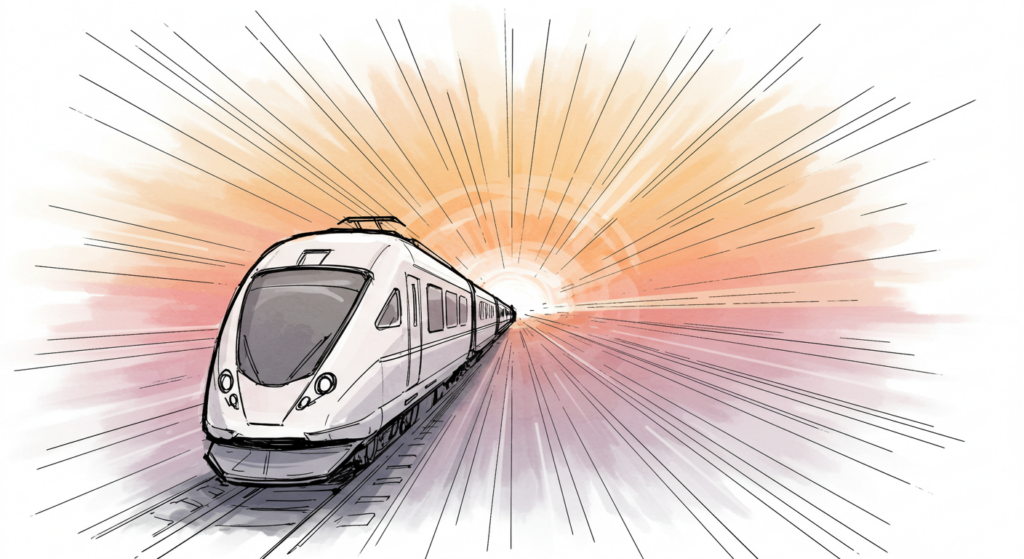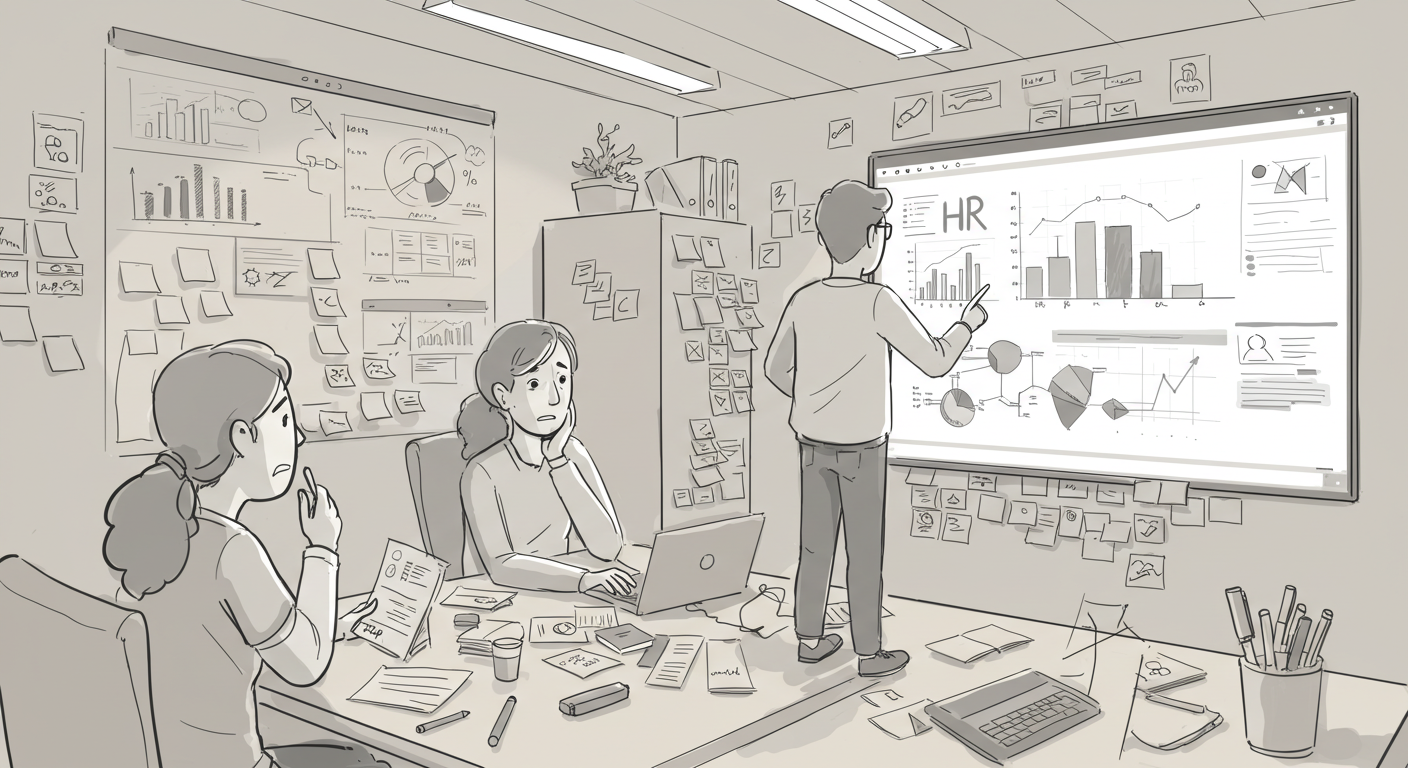HR systems vs. high-performance systems: the key differences
Picture this: your HR system is the trusty engine that keeps the train running on time. It’s efficient, reliable, and absolutely critical. But if you want that train to go faster, climb steeper hills, or reach new destinations, you need something extra—a high-performance system.
Here’s how they stack up:
- HR systems: Focused on operational essentials—payroll, benefits, compliance. They’re about stability and structure.
- High-performance systems: Designed for growth and culture—feedback, alignment, real-time insights. They’re about empowering teams to achieve more.
One keeps the lights on. The other makes sure those lights are shining on innovative, aligned, and motivated teams.
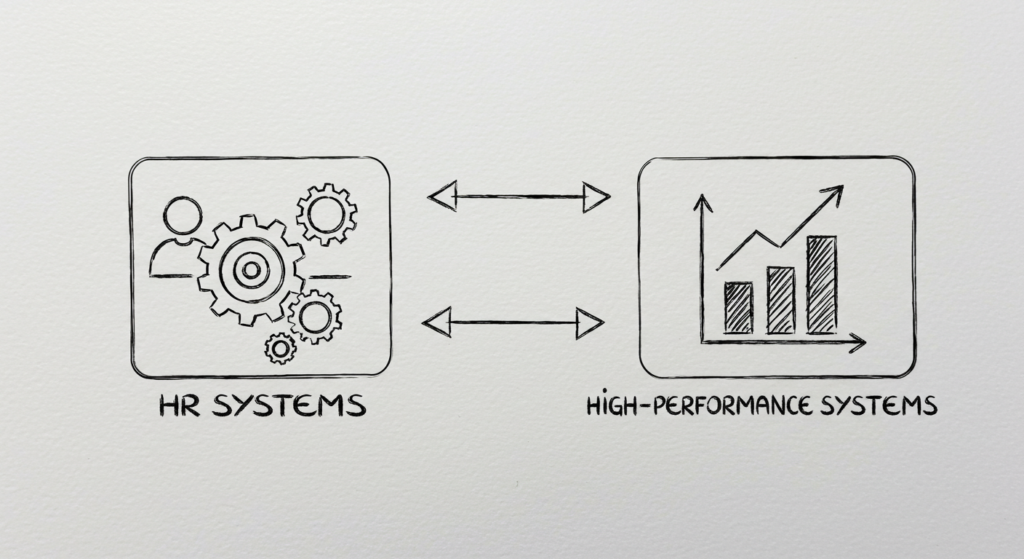
Why HR systems can’t do it all
Let’s be clear—HR systems are incredibly valuable, but they’re not built to drive high performance. And that’s okay! They weren’t designed to. Their primary focus is administrative efficiency, not fostering a culture of growth.
The challenge comes when companies expect HR tools to handle things they simply weren’t made for, like:
- Real-time feedback: HR systems track performance reviews, but they don’t capture the day-to-day context that drives improvement.
- Integration with work tools: Most HR systems don’t connect with platforms like Slack, GitHub, or Jira, leaving a gap between work and performance data.
- Data-driven insights: While HR systems store information, they often lack the depth or timeliness needed to identify growth opportunities or patterns in performance.
Think of it like using a calculator to solve a complex algorithm. It’s useful, but you’re going to need something more powerful for the job at hand.
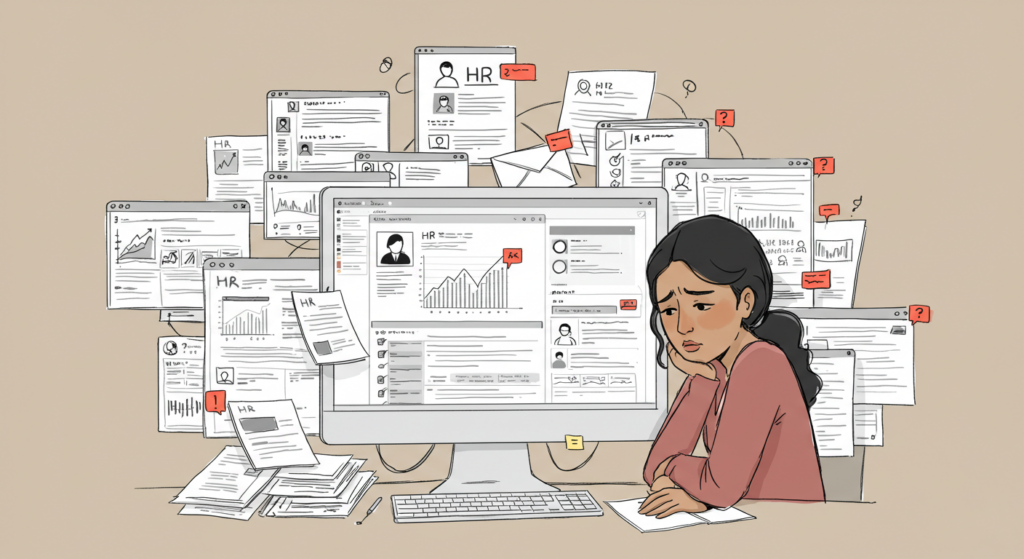
What high-performance systems bring to the table
High-performance systems like ClarityLoop pick up where HR systems leave off. They don’t just track; they empower. Here’s how:
- They start with data
High-performance systems thrive on real-time, objective data. Instead of relying on quarterly reviews or recency bias, they pull insights directly from the work being done—whether it’s code commits, project updates, or feedback loops. - They integrate seamlessly with daily work
These systems live where work happens. Feedback is tied to actions, growth opportunities are identified from actual contributions, and alignment becomes effortless. - They drive alignment and culture
With high-performance systems, every team member sees how their work connects to larger goals. This clarity fosters engagement and motivates people to perform at their best.
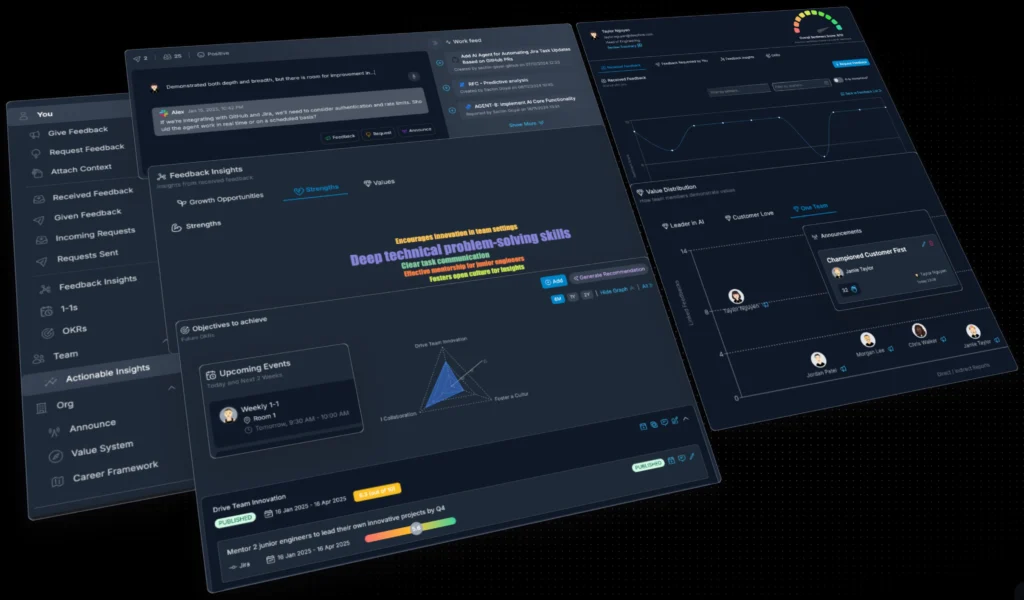
Why your HR system isn’t the driver for performance
Picture this: you’re gearing up for a marathon. Your HR system is like the water station—absolutely essential for keeping you hydrated and on your feet. But it’s not the coach setting your pace, helping you improve your stride, or cheering you across the finish line.
That’s the role of a high-performance system. It’s there to guide, motivate, and align your team, ensuring everyone knows where they’re headed and how to get there. Without it, you’re not just running—you’re running blind.
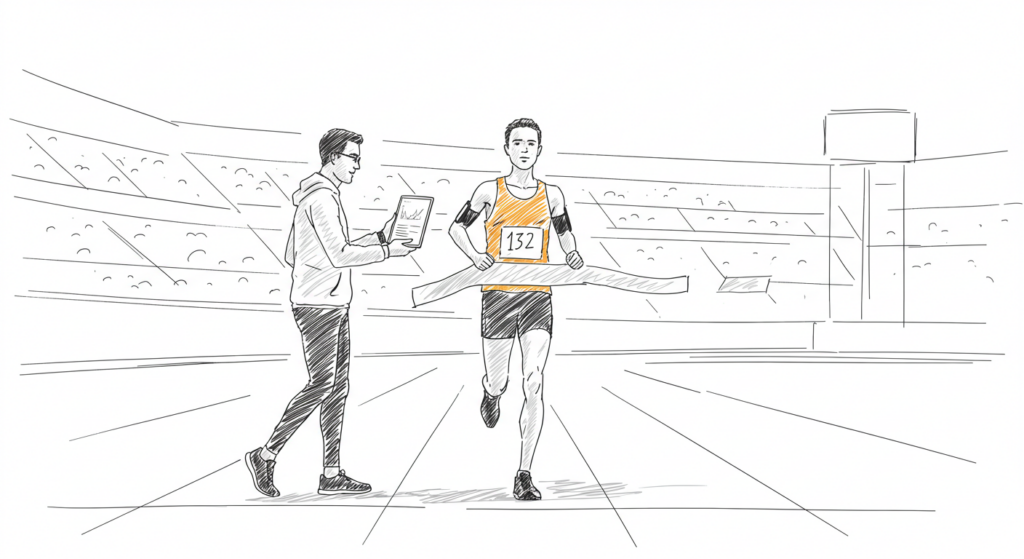
Why you need both systems
The real magic happens when HR systems and high-performance systems work together. One ensures operational efficiency; the other ensures teams are aligned, motivated, and growing. Together, they create an ecosystem where stability meets innovation.
For example:
- Your HR system handles payroll, benefits, and compliance.
- Your high-performance system integrates feedback, performance tracking, and growth opportunities directly into daily workflows.
By partnering these tools, you’re not just running a company—you’re building a culture that attracts top talent and drives sustainable success.
The future of high-performance systems
As companies grow, the need for systems that support both operational efficiency and high performance will only increase. High-performance systems aren’t here to replace HR—they’re here to amplify what HR tools already do by connecting work, data, and results.
If your organization wants to stay competitive, it’s time to invest in tools that don’t just keep the train on the tracks but ensure it’s heading somewhere incredible.
